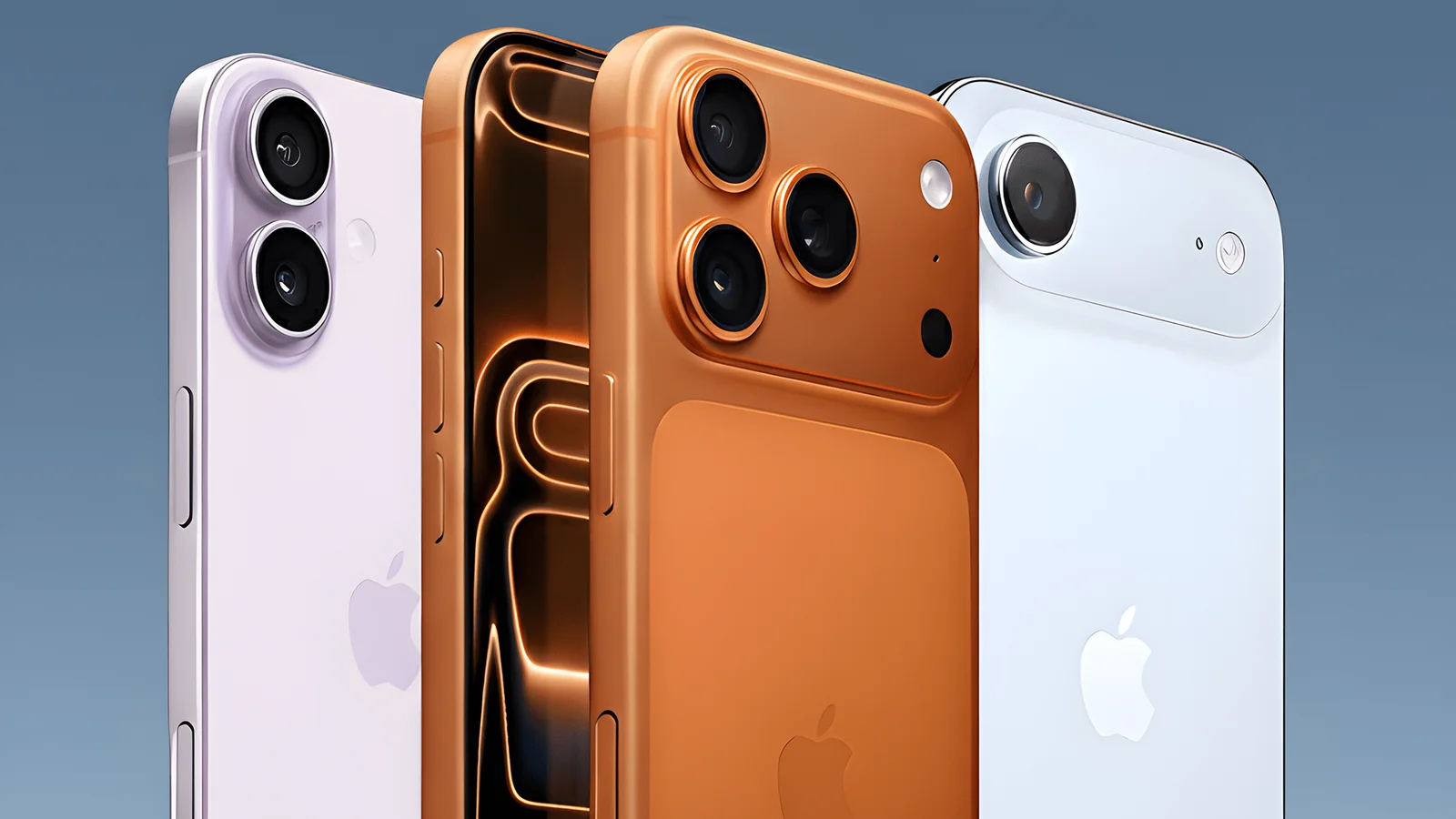By Joshua Bato
Copyright researchsnipers

Apple works on a foldable iPhone, which is now clear. Now it becomes clear what it could look like: like two iPhone-air devices next to each other. The thin design of the Air could and should serve as a template for the folding iPhone.
iPhone Air as a design study for the future
With a thickness of only 5.6 millimeters, the iPhone Air is the thinnest iPhone ever and at the same time could give a foretaste of Apple’s next big launch. Because the foldable iPhone, which is expected for 2026, should be strongly based on the design of the current Air model.
The extreme thin of the Air model already demonstrates how Apple wants to and could integrate the complex technology into minimal installation space. The iPhone Air has a polished titanium housing with a mirror -shiny surface and a titanium frame that provides stability despite the extreme thin. This construction, which relies on premium materials, could also become a model for the upcoming folding iPhone.
Two Air devices in one
According to information from Bloomberg the foldable device should look like two iPhone Air models that are placed next to each other. This design would mean that the folded folding iPhone would offer an extended screen area, while it folded up the handiness of a normal smartphone. Apple shows the particularly thin and light iPhone air in the video
The technical challenges of such a design are of course considerable. Despite the thin design, the iPhone Air offers a full -day battery life, which becomes even more complex with a foldable device. If the folding iPhone is to be about as thin as the air when opened, it would have to remain a manner. Previous reports speculated via a 7.5-inch display when it was opened and a smaller 5.5-inch outer display display. The foldable iPhone is undoubtedly planned as a luxury product, accordingly a lot will probably have to be put down.
Industry experts expect a starting price of at least $ 2000, which makes it much more expensive than the current iPhone Air, which starts at $ 999. The iPhone Air costs $ 200 more than the iPhone 17, but $ 100 less than the iPhone 17 Pro. The high costs of folding smartphones result from complex folding technology and the special display requirements. Foldable displays require special materials and manufacturing processes that are significantly more expensive than conventional screens. In addition, the hinge system must be manufactured extremely precisely to ensure a long service life.